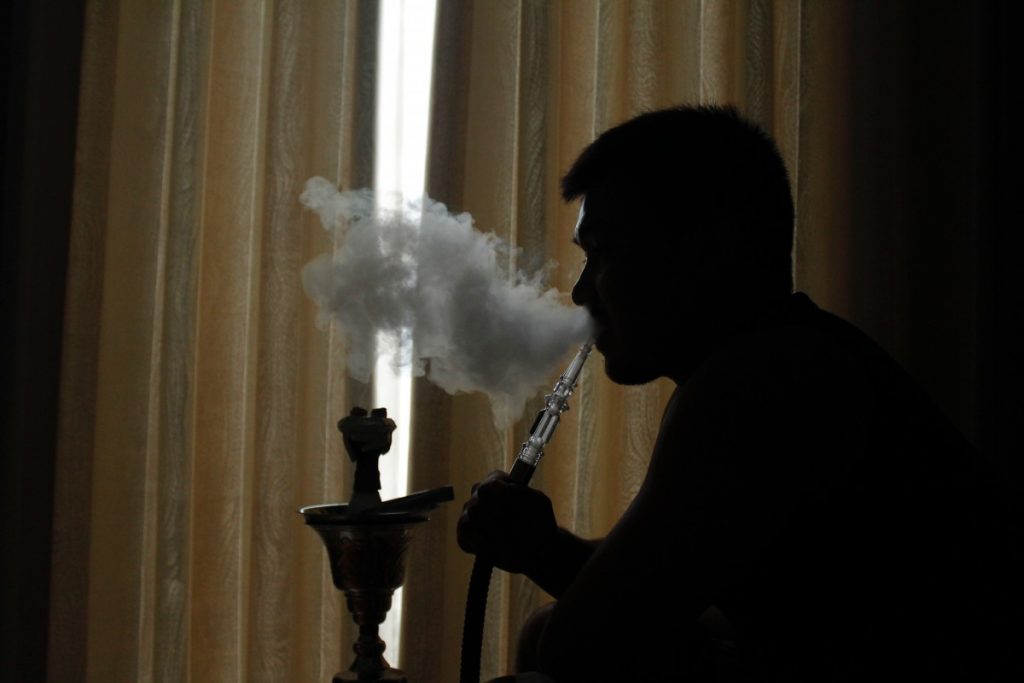
A recently released scientific statement says that smoking tobacco in windpipes, water pipes or hookahs is not safer than smoking cigarettes. In fact, the statement’s authors say that hookah smokers may be inhaling toxic chemicals at greater levels than with cigarette smoke. Aruni Bhatnagar, professor of medicine and director of the University of Louisville Diabetes and Obesity Center in Kentucky, helped write the statement with 10 other health experts who are co-authors. The statement was published in the American Heart Association’s journal Circulation.
Many people believe that smoking tobacco in a hookah is less harmful than cigarettes because the tobacco is filtered through water, but there is no scientific evidence to support the claim. During hookah sessions, which typically last around 30 minutes, smokers inhale large amounts of smoke filled with hazardous materials. Those toxins include carbon monoxide, particulate matter, lead, cadmium, and arsenic, amongst many others.
Some of the potentially harmful chemicals in hookah smoke can affect the cardiovascular system. Chronic use is associated with a higher long-term risk for coronary artery disease. The American Heart Association “strongly recommends” avoiding the use of tobacco in any form.
Hookah, also known as Arghile, Narghile, Shisha, and Goza, is increasing in popularity around the world. In the U.S., there are entire bars devoted to the practice. The tobacco for hookah comes in colorful packaging and various flavors. The sweetness of the flavors masks the harshness of smoke, making it easier to continue smoking for longer.
Young people, in particular, have been drawn to hookah smoking. In the U.S., hookah smoking is most popular among young adults between 18 and 24, according to the American Heart Association. About 14 percent of young adults and 5 percent of high school students admit to hookah smoking. Young people account for roughly 55 percent of the hookah smokers in the nation.
